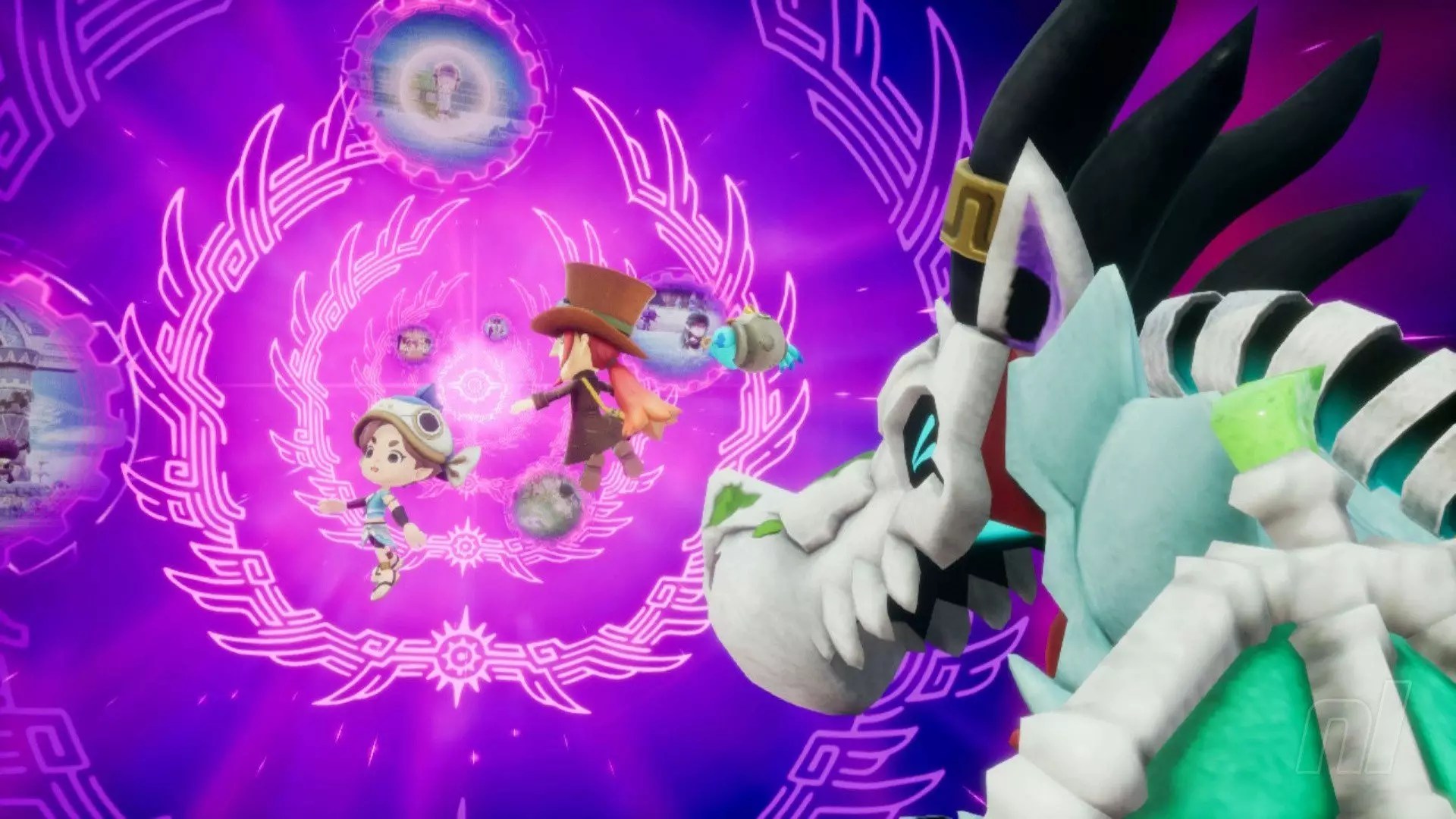Level-5 has recently garnered significant attention for its latest title, Fantasy Life i: The Girl Who Steals Time, riding a wave of critical acclaim that has propelled it into the spotlight. With a score of 9/10 from multiple sources, the game has not only delighted fans but also sparked conversations about the creative processes behind its success. What stands out, however, is the revelation from Akihiro Hino, the CEO of Level-5, on how a substantial redesign late in the development process transformed an initially restrictive gameplay experience into a vibrant journey.
Hino openly discussed these pivotal changes during an interview on the YouTube talk show Denfaminicogamer. He described a moment when the development team realized that the game’s original mechanics felt “suffocating.” This acknowledgment is remarkable in itself; many developers can become too attached to their original visions, often leading to unwieldy games that can frustrate players instead of engaging them. By recognizing and adjusting to this feedback, Hino’s team demonstrated a willingness to adapt, prioritizing player experience over rigid adherence to design.
From Constraints to Freedom: A Complete Overhaul
The decision to “practically remake” the game was not taken lightly. It involved overhauling the map and mechanics, shifting from a small, linear world to an expansive open environment. Hino and his team recognized that the potential for players to explore and engage in fluid movement was essential. As a result, the new design allowed for parkour-like traversal and diverse interaction with the world, fostering a sense of freedom that was previously lacking.
It’s astonishing that such a transformation was achieved in a mere two months. The implementation of a bespoke system to convert 2D art into 3D terrain reflects a keen understanding of both artistic vision and technical capability. It illustrates how innovation can break through traditional limits and create immersive gameplay experiences. Hino emphasized that this prudent redefinition of game systems resulted in actions like chopping trees or climbing that feel genuinely rewarding, making the overall experience more enjoyable.
The Challenge of Adversity and the Spirit of Adaptation
The path to creating Fantasy Life i was anything but smooth. The departure of former producer Keiji Inafune presented a hurdle that could have derailed progress. However, Hino’s proactive approach to leadership during this tumultuous time seems to have catalyzed positive outcomes. His focus on assessing player joy over mere hours of gameplay demonstrates a maturity in game design philosophy, which can lead the industry towards more player-centric approaches.
In gaming, especially with adventure and RPG titles, the danger lies in creating environments that become tedious due to overextended gameplay mechanics or convoluted systems designed to prolong playtime. Level-5’s pivot away from these pitfalls in Fantasy Life i showcases how important it is to keep player satisfaction at the forefront, opting for enjoyment over filler. This release is not just a success story but also a lesson in how flexibility and adaptability can lead to triumph in game development.
With this momentum, Level-5 is likely poised for future endeavors that further meld player feedback with innovative design strategies. The studio’s willingness to take risks and revise its approach is commendable, painting a promising future for its upcoming projects. Fans eagerly await to see how this might shape their next digital adventures.


Leave a Reply